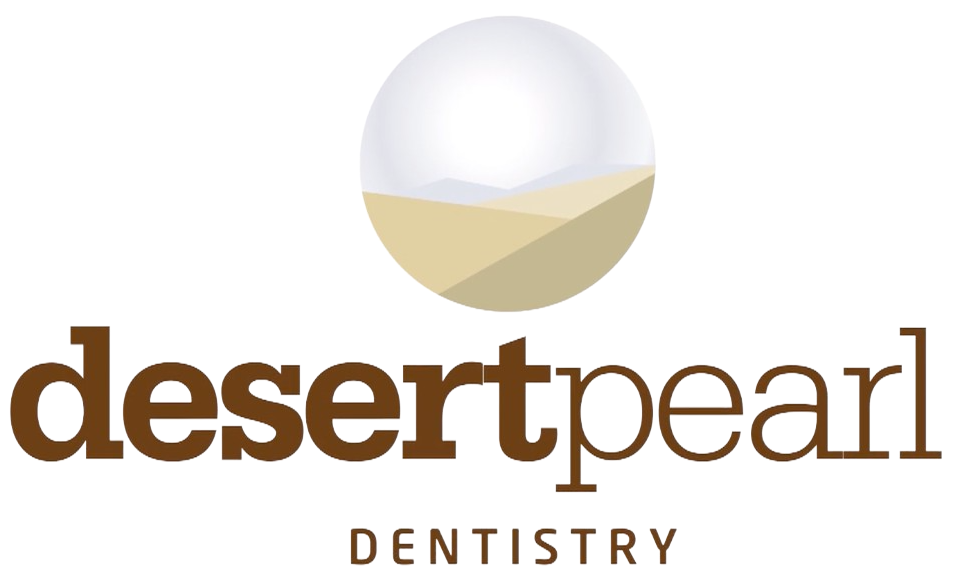Scaling and root planing is a non-surgical treatment used to treat periodontal disease. This deep cleaning procedure targets plaque and tartar buildup below the gumline, aiming to restore gum health. While scaling and root planing offers numerous benefits, it’s essential to understand its limitations to make an informed decision. In this blog, we’ll explore both the advantages and the potential drawbacks of this treatment, providing valuable insights for patients at Desert Pearl Dentistry in Rancho Mirage, TX.
Understanding Scaling and Root Planing
Scaling and root planing is often recommended for patients with chronic periodontal disease. This deep cleaning procedure is more intensive than a regular dental cleaning, targeting the root surfaces of the teeth to remove bacteria, plaque, and tartar that accumulate below the gumline. By doing so, the treatment aims to prevent the progression of gum disease, which, if left untreated, can lead to tooth loss.
Benefits of Scaling and Root Planing
1. Improves Gum Health
One of the most significant benefits of scaling and root planing is the improvement in gum health. Removing the harmful plaque and tartar that irritate the gums reduces inflammation and helps the gum tissue to heal. Over time, this can result in gums reattaching to the teeth, reducing periodontal pockets, and halting further progression of gum disease.
2. Prevents Tooth Loss
Periodontal disease is a leading cause of tooth loss in adults. As the disease progresses, the supporting bone and tissue around the teeth can deteriorate, leading to loose teeth and eventual tooth loss. Scaling and root planing can help to prevent this outcome by treating the infection early, preserving the natural teeth, and maintaining the structural integrity of the mouth.
3. Reduces Bad Breath
Persistent bad breath, or halitosis, is often a symptom of gum disease caused by bacteria buildup. Scaling and root planing eliminate these bacteria, significantly reducing bad breath. Patients often notice an improvement in their breath following the procedure, which can positively impact their social interactions and self-confidence.
4. Minimally Invasive
Unlike surgical treatments for periodontal disease, scaling and root planing is a minimally invasive procedure. It does not require incisions or sutures, making it a more comfortable option for patients. Recovery is typically quick, and most patients can return to their normal activities shortly after the procedure.
5. Cost-Effective Treatment
Scaling and root planing is generally more affordable than surgical options for treating periodontal disease. For many patients, this makes it an attractive choice, especially when considering the long-term savings associated with preventing more serious dental issues down the line.
Limitations of Scaling and Root Planing
1. Not a Cure for Advanced Periodontal Disease
While scaling and root planing is highly effective in treating early to moderate stages of gum disease, it may not be sufficient for advanced cases. Patients with severe periodontal disease may require additional treatments, such as periodontal surgery, to fully address the condition. Therefore, scaling and root planing should be viewed as part of a comprehensive treatment plan rather than a standalone cure for advanced periodontal disease.
2. Multiple Sessions May Be Required
Depending on the severity of the gum disease, multiple sessions of scaling and root planing may be necessary. This can extend the overall treatment time and require a greater commitment from the patient. Additionally, follow-up visits are often needed to monitor progress and ensure that the gums are healing as expected.
3. Temporary Discomfort
Although scaling and root planing is minimally invasive, some patients may experience discomfort during and after the procedure. Common side effects include tenderness, sensitivity to temperature changes, and slight swelling of the gums. While these symptoms are typically temporary, they can be bothersome for some individuals.
4. Risk of Gum Recession
In some cases, scaling and root planing can lead to gum recession. This occurs when the gum tissue pulls away from the teeth, exposing the roots. Gum recession can increase tooth sensitivity and make the teeth appear longer. Although this is a potential risk, the benefits of treating gum disease generally outweigh the chance of recession.
5. Potential for Incomplete Results
Scaling and root planing may not always eliminate all bacteria, especially if the periodontal pockets are very deep. In such cases, bacteria can persist and continue to cause problems. Therefore, patients must maintain good oral hygiene and attend regular dental check-ups to ensure the success of the treatment.
Is Scaling and Root Planing Right for You?
Deciding whether scaling and root planing is the right treatment for you depends on the stage of your periodontal disease and your overall oral health. For patients in Rancho Mirage, TX, Dr. Joseph Morales at Desert Pearl Dentistry can provide a thorough evaluation and recommend the best course of action. While scaling and root planing is an effective treatment for many, it’s important to consider the potential limitations and discuss them with your dentist.
Making the Most of Your Treatment
To maximize the benefits of scaling and root planing, it’s essential to follow your dentist’s post-procedure care instructions. This includes maintaining good oral hygiene practices, such as brushing twice a day, flossing daily, and using an antibacterial mouthwash. Additionally, regular dental check-ups are crucial to monitor your gum health and catch any potential issues early on.
Looking Ahead: Long-Term Gum Health
Scaling and root planing can significantly improve gum health and prevent the progression of periodontal disease. However, maintaining these results requires ongoing care and attention to oral hygiene. By staying proactive and committed to your dental health, you can enjoy the benefits of this treatment for years to come. At Desert Pearl Dentistry, Dr. Joseph Morales and his team are dedicated to helping you achieve and maintain a healthy smile.
Sources:
- Polson, A. M., & Caton, J. G. (1984). Factors Influencing the Effectiveness of Root Planing. Journal of Periodontology.
- Cobb, C. M. (2002). Clinical Significance of Non-Surgical Periodontal Therapy: An Evidence-Based Perspective of Scaling and Root Planing. Journal of Clinical Periodontology.
- Lindhe, J., & Nyman, S. (1975). The Effect of Plaque Control and Surgical Pocket Elimination on the Establishment and Maintenance of Periodontal Health. Journal of Clinical Periodontology.



